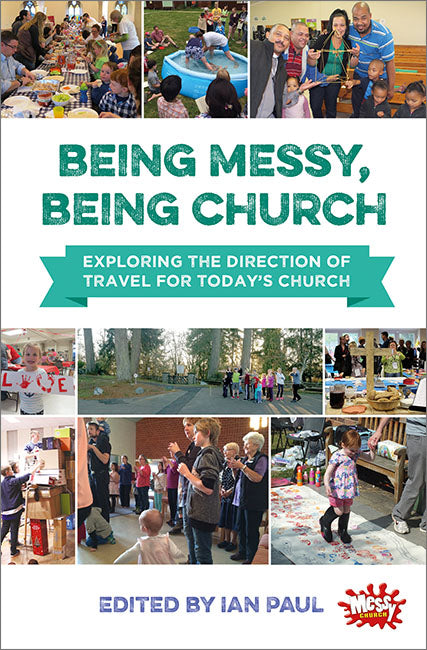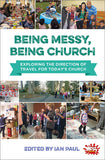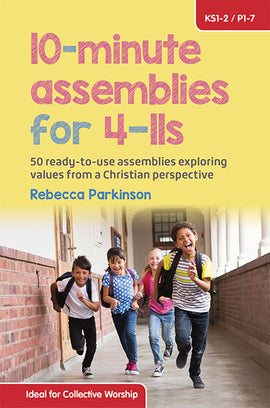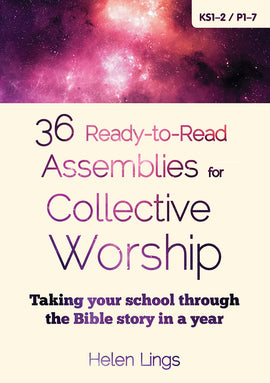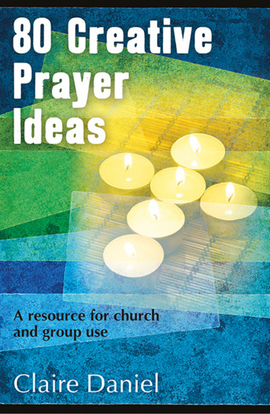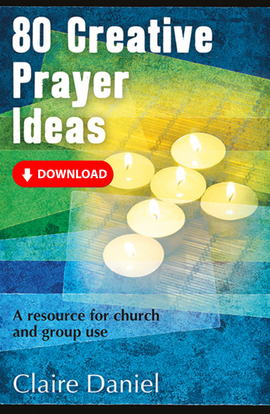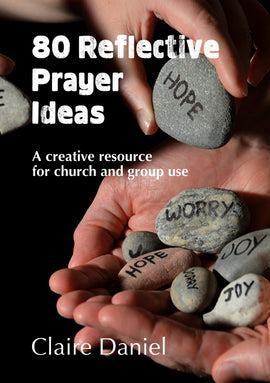Being Messy, Being Church: Exploring the direction of travel for today's church
A series of essays by different contributors exploring what Messy Church brings to the wider church, how these different forms of church community can coexist, and what this might mean for the future of the church. Questions addressed include: What will church look like in 20 years' time? How can Messy Church help Christians unite a passion for mission with a heart for ministry? What can Messy Church and Sunday Church learn from each other?
Digital Product - This title is now out of print but is still available digitally. Please click the button below to buy on Kindle or click below to visit our eBooks collection to buy this product for your smartphone and/or tablet. - Go to eBooks
| Title | Being Messy, Being Church: Exploring the direction of travel for today's church |
| Author | Ian Paul |
| ISBN | |
| Description | A series of essays by different contributors exploring what Messy Church brings to the wider church, how these different forms of church community can coexist, and what this might mean for the future of the church. Questions addressed include: What will church look like in 20 years' time? How can Messy Church help Christians unite a passion for mission with a heart for ministry? What can Messy Church and Sunday Church learn from each other? Contents
MESSY DEVELOPMENTS
MESSY IMPLICATIONS
|
| Details |
|
A series of essays by different contributors exploring what Messy Church brings to the wider church, how these different forms of church community can coexist, and what this might mean for the future of the church. Questions addressed include: What will church look like in 20 years' time? How can Messy Church help Christians unite a passion for mission with a heart for ministry? What can Messy Church and Sunday Church learn from each other?
Contents
- Introduction: a church for all generations - Ian Paul
MESSY DEVELOPMENTS
- Messy Church in different contexts - Karen Rooms
- Messy teamwork: developing the faith of team members - Isabelle Hamley
- Messy challenges: dangers and pitfalls - Greg Ross
- Making sacred spaces in Messy Church - Jean Pienaar
- Messy Church and the sacraments - Philip North
MESSY IMPLICATIONS
- Messy Church in a postmodern world - Sabrina Mller
- Messy Church and Sunday church in conversation - Mark Rylands
- Messy Church and play - Judyth Roberts
- The pastoral implications of Messy Church - Irene Smale
- Messy Church and evangelism - Tim Sanderson
- Messy Church and the challenge of making disciples - Stephen Kuhrt
- Missional structures for missional outcomes - Tim Dakin
Reviewed by Father Richard Peers on his blog educationpriest.wordpress.com
...I will be buying copies of Being Messy, Being Church for all my colleagues in the education team in Liverpool and recommending it to everyone who is committed to our schools contributing to Bigger Church, Bigger Difference. It is - in that over used phrase - essential reading if we are to grow as a church...
To read the whole review click here.
Church Times, 7 July 2017
This book is a collection of essays in which the authors explore what Messy Church brings to the wider Church, how it is changing and growing, and which questions remain as it takes its place as an established form of modern Christian worship.
The question that arises most commonly for the authors is expressed succinctly by Mark Rylands. He speaks of the expectation that Messy Church congregations have 'stepped into the rubber dinghy but won't properly be on the voyage until they have boards the Sunday church ship'. The essayists, in different ways, challenge this assumption. In doing so, they address the fundamental questions what church is and what it is for.
Jean Pienaar's chapter 'Making sacred space in messy churches' is particularly interesting in the comparison it makes between the different types of sacred space in a monastery and in a messy church setting. She explores the way in which Messy Church, instead of being at the periphery of church, reflects in its format the core values and purpose of worship.
If Pienaar speaks of the way in which Messy Church is deeper than it first appears, Dr Irene Smale adds that its influence is wider than is often thought. She speaks of relationships and pastoral contacts that go far wider than the monthly meetings.
The essayists are brave and unflinching in their enquiries of Messy Church, and dare to ask questions that we often fail to ask of traditional church. Does Messy Church make disciples? How do we support those for whom Messy Church doesn't 'work'? Is it too messy, too expensive, not engaging enough for boys?
One criticism that could be levied at this books is that there are more questions that answers. On the whole, I think that is a good sign. The essayists, all Messy Church enthusiasts, are not overkeen to leap to its defence in the face of difficult issues. When necessary, they allow the questions to hang in the air in a way that is appropriately messy.
Karen Rooms thanks Lucy Moore for 'giving away Messy Church', so that it can be adapted and contextualised for each parish. I finished the book excited about where Messy Church would go next, and its potential to play a leading part in the Church in the years ahead.
The Revd Catherine Pickford, Team Rector, Benwell Team, Newcastle-upon-Tyne

